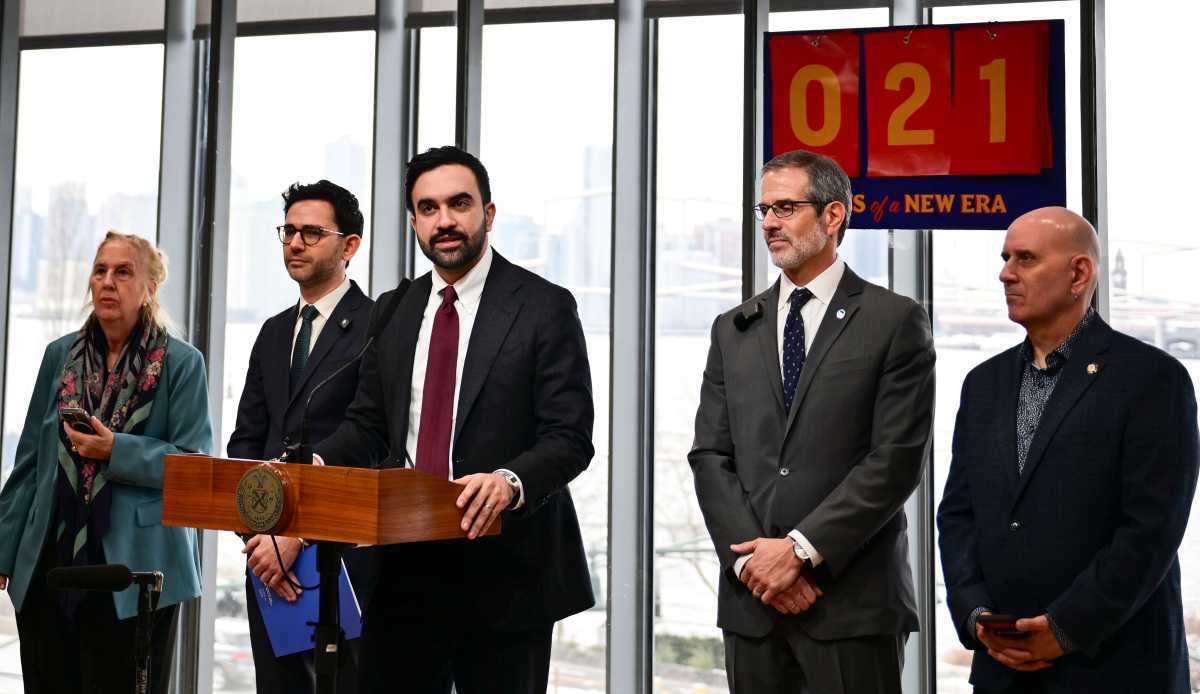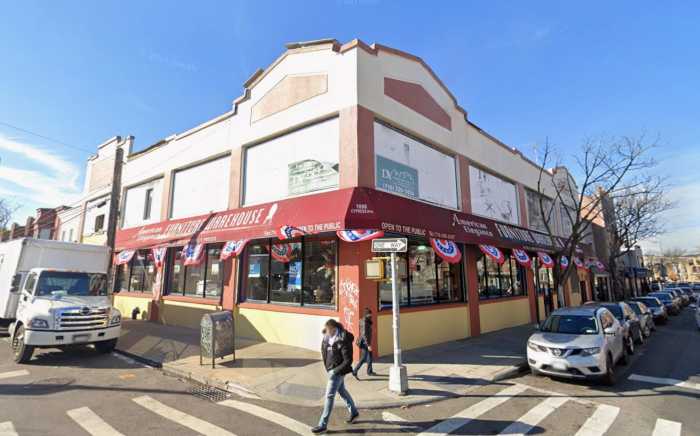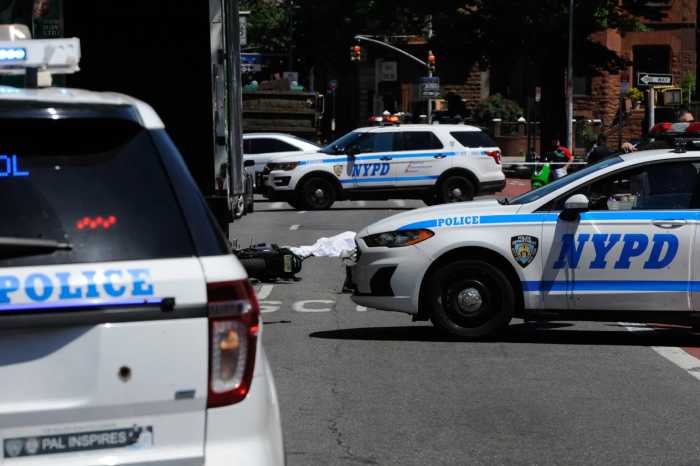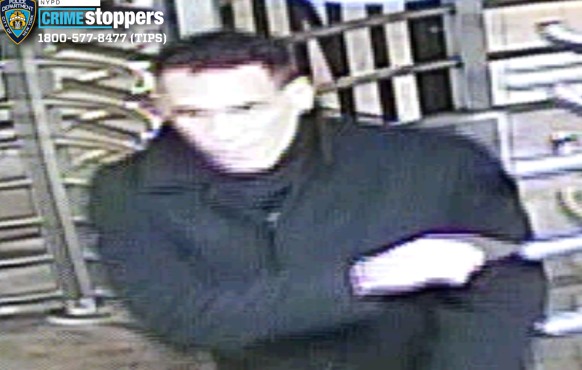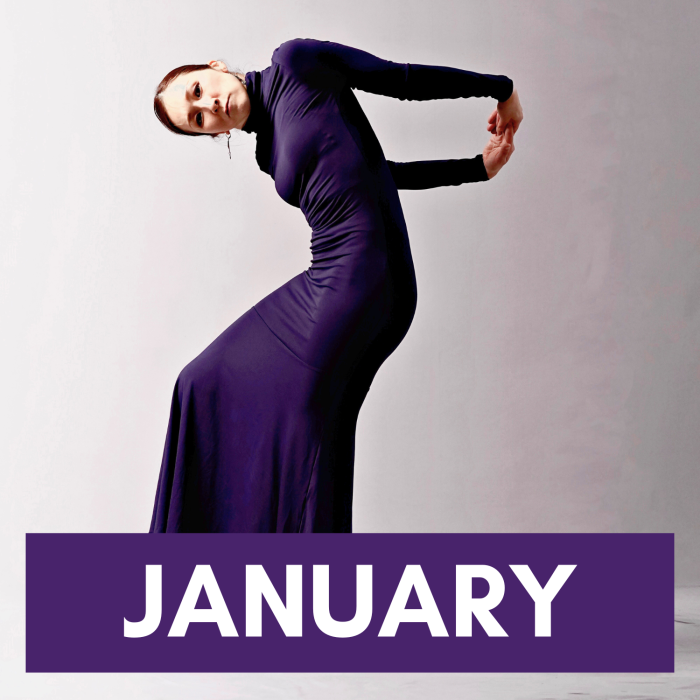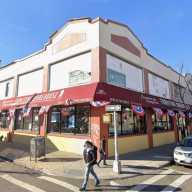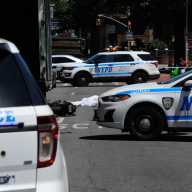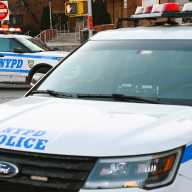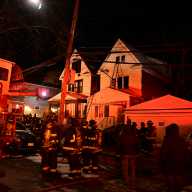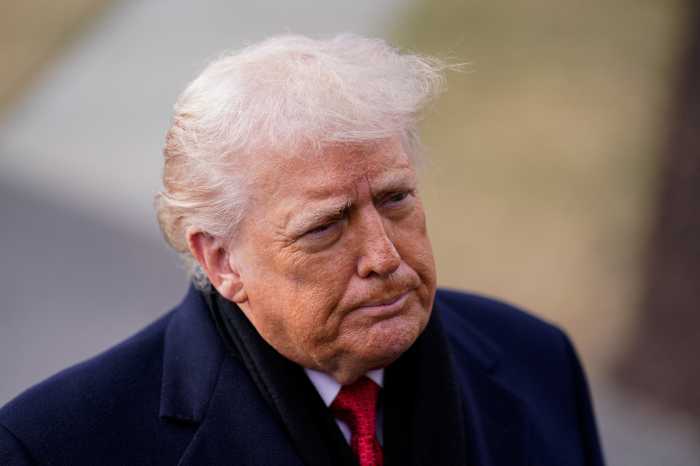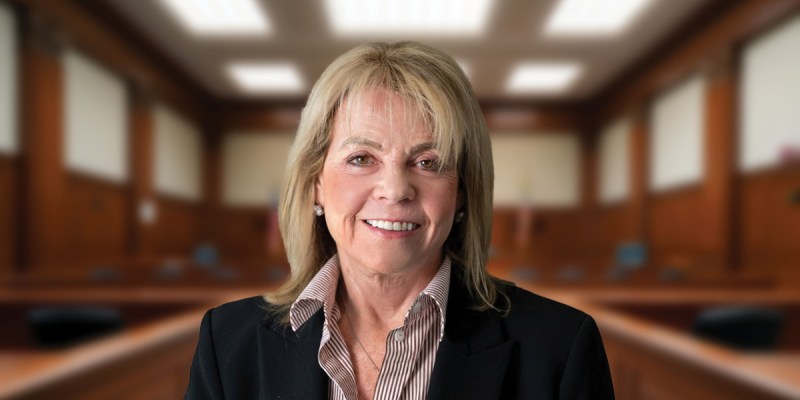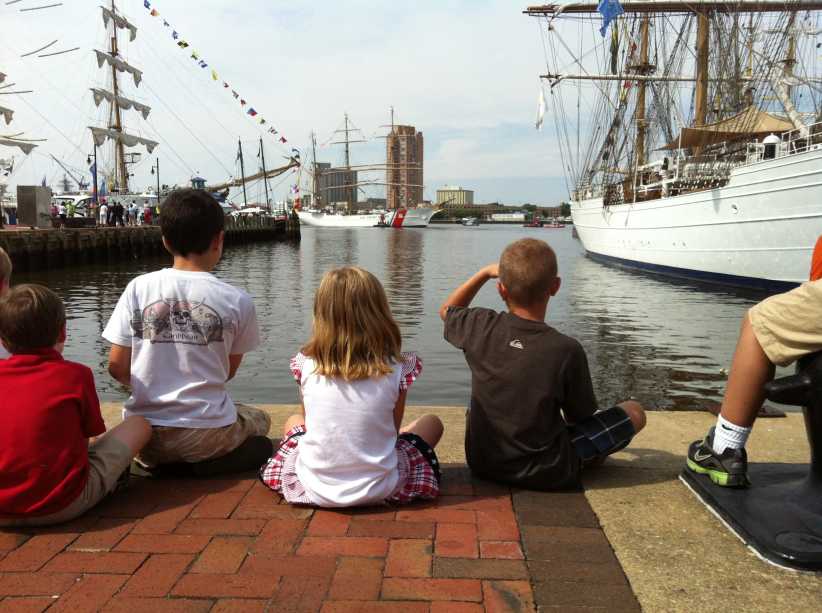By The Greater Astoria Historical Society
In December 1937, Postmaster General James Farley suggested a fitting entry for a new stamp series honoring the World’s Fair was a portrait of Bertha Parsons, the last owner of Flushing’s historic Bowne House, sitting before the house’s ancient fireplace. Built in Flushing about 1661, it was the oldest house in the country still occupied by the same family. Parsons modestly suggested the stamp should only show the house exterior.
That month, descendants of pioneer Flushing families took part in a pageant for the centennial of Flushing Village. Women, leaders in social and civic life of the time, were in the cast. The first performance, at Flushing Armory, drew an audience of 1,500. Dazzling costumes, brilliant singing and suburb stage sets, including a full-scale replica of Bowne House, marked Flushing’s 100th anniversary as an incorporated village. The effort was under the auspices of the WPA Federal Theater Project and the Flushing Historical Society.
l
“Uncle” Dan Beard, founder of the Sons of Daniel Boone, was honored by its members on his 88th birthday. The former Flushing resident, who symbolized the ideals of woodsmen, pioneers and frontiersmen to boys throughout the nation, accepted a silver buffalo statue and honorary vice presidency from its members for a lifetime of outstanding service to that organization.
l
The cost of the World’s Fair was projected to top $150 million. A large part of that expense was for permanent improvements to Flushing Meadow Corona Park. President of the World’s Fair Grover Whalen reported that $60 million was earmarked on the centerpiece of the fair: a Central Mall. It was to contain the largest statue of modern times, a 65-foot monument showing George Washington at his inauguration, the largest sundial ever constructed, the largest ball ever built, the largest triangular shape in the world (the Trylon and Perisphere), scores of sculptures, hundreds of fountains, five lagoons, five waterfalls and more than a thousand trees. At the center was to be a group of four sculptures showing President Franklin D. Roosevelt’s famous Four Freedoms: Freedom of the Press, Religion, Speech and Assembly.
Meanwhile, urban planner Robert Moses was continuing to spin his transportation web as he connected the city with new bridges and tunnels. The mayor and Board of Estimate voted to provide funds to acquire rights of way for a comprehensive parkway system linking the Whitestone and Triborough bridges with the parkways of the Bronx, Westchester County and Long Island. The parks commissioner also planned routes that connected the north and south shores of Long Island with the Cross Island Parkway. When completed, it was possible for motorists to follow fast roadways without traffic lights from Westchester to Long Island.
l
Of particular interest in Queens was the Queens-Midtown Tunnel. There was a rush for sandhog jobs when the work was announced, even though it was to be a “high air” job where men worked under high pressure. Only fit men under 30 and boys in their teens need apply. Despite the dangers, the WPA and the city Tunnel Authority offices were besieged with applicants, even though work would not start until February.
Although most one-way tolls were 35 cents, the $58 million Queens-Midtown Tunnel charged only 25 cents — half of the toll rates collected by the New York Tunnel Authority on the Holland Tunnel and the George Washington Bridge. Queens motorists jumped at the chance to buy tickets for midtown at reduced prices. Heavy traffic on the Triborough Bridge with a 25-cent toll and a million cars over the Henry Hudson Parkway at a dime proved that low tolls were just the thing to encourage the public to use highways, tunnels and bridges.
For more information, call the Greater Astoria Historical Society at 718-278-0700 or visit astorialic.org.

